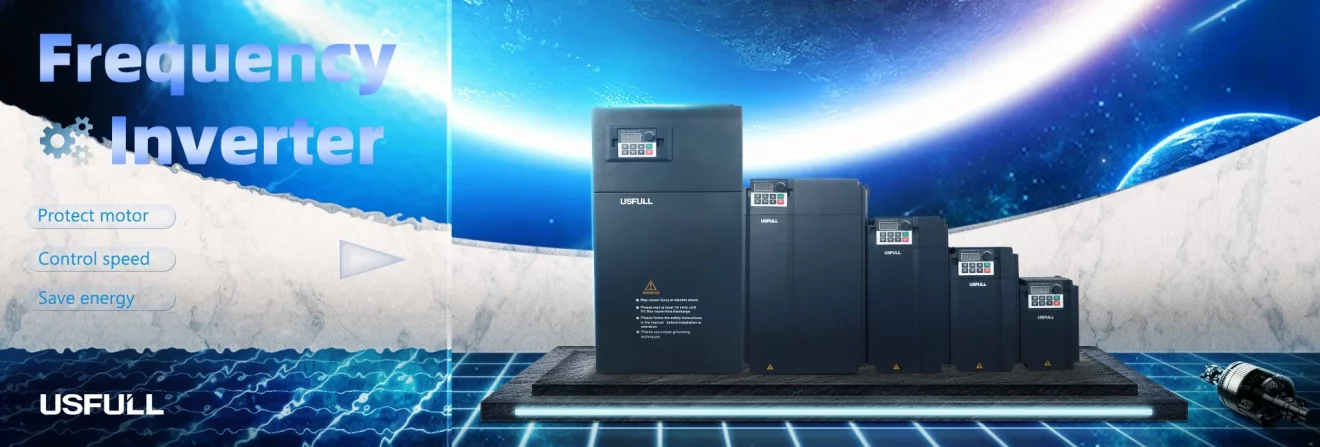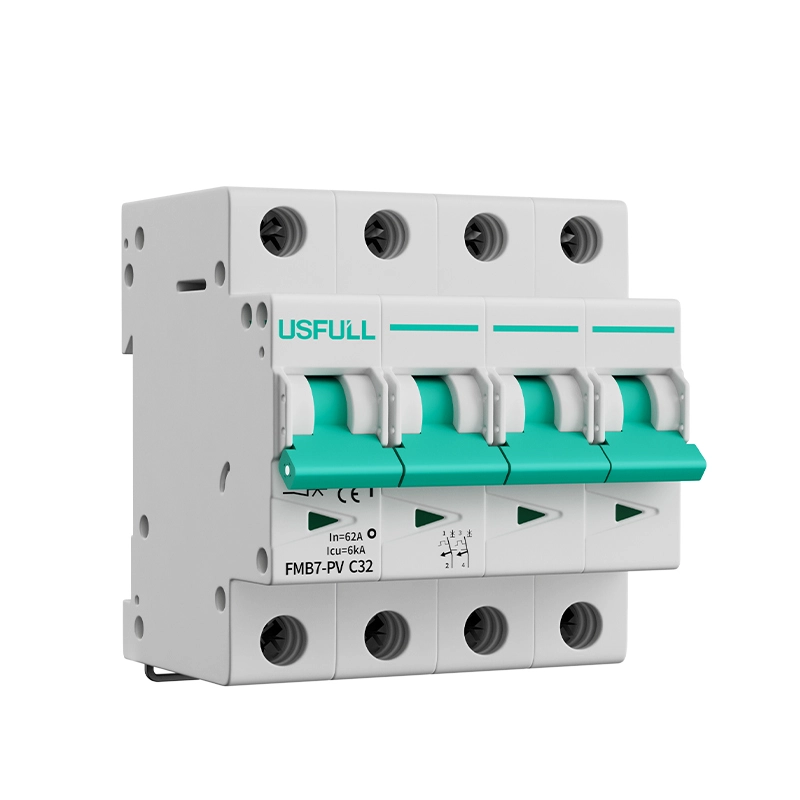Overcurrent faults in frequency inverters, also known as variable frequency drives (VFDs), account for approximately 40-45% of all inverter failures, making them a prevalent issue. Modern frequency inverters are equipped with several overcurrent protection functions, including short circuit protection, acceleration/deceleration overcurrent protection, and constant speed overcurrent protection.
External Causes of Frequency Inverter Current Phenomena
External factors often contribute to overcurrent faults. These include burned windings in the motor being driven by the inverter, short circuits in the load-side cabling, or mechanical issues that lead to increased load. Identifying these problems typically involves isolating the inverter from its load and conducting tests to pinpoint the fault.
The Inherent Reasons of the Frequency Inverter Current Phenomenon
Inherent causes within the frequency inverter itself can also lead to overcurrent events. Issues may arise from anomalies in the current sampling components, rectification circuits, or faults in the IGBT/IPM power module. If these components fail, they can trigger overcurrent conditions. A straightforward method to diagnose these faults is to test the inverter independently from the motor.
Three Aspects of Common Frequency Inverter Overcurrent Phenomena
Immediate Overcurrent Fault on Power-Up: This often cannot be reset and is typically due to damaged IGBT/IPM modules, abnormal drive signals, or failures in the current detection circuitry. Timely repair is essential to prevent further damage.
Normal Standby but Overcurrent During Operation: If the inverter shows normal status while idle but triggers overcurrent when running, this may be due to issues with the connected motor or mechanical blockages. In this case, users should avoid running the inverter until the problem is resolved.
Overcurrent During Acceleration: If the inverter operates normally at startup but triggers overcurrent during acceleration, it often indicates misconfigured parameters, such as a short acceleration time or an incorrectly set motor current rating. Adjusting these settings can help alleviate the issue.
By understanding these common phenomena, users can better manage frequency inverter operations and maintain optimal performance.




